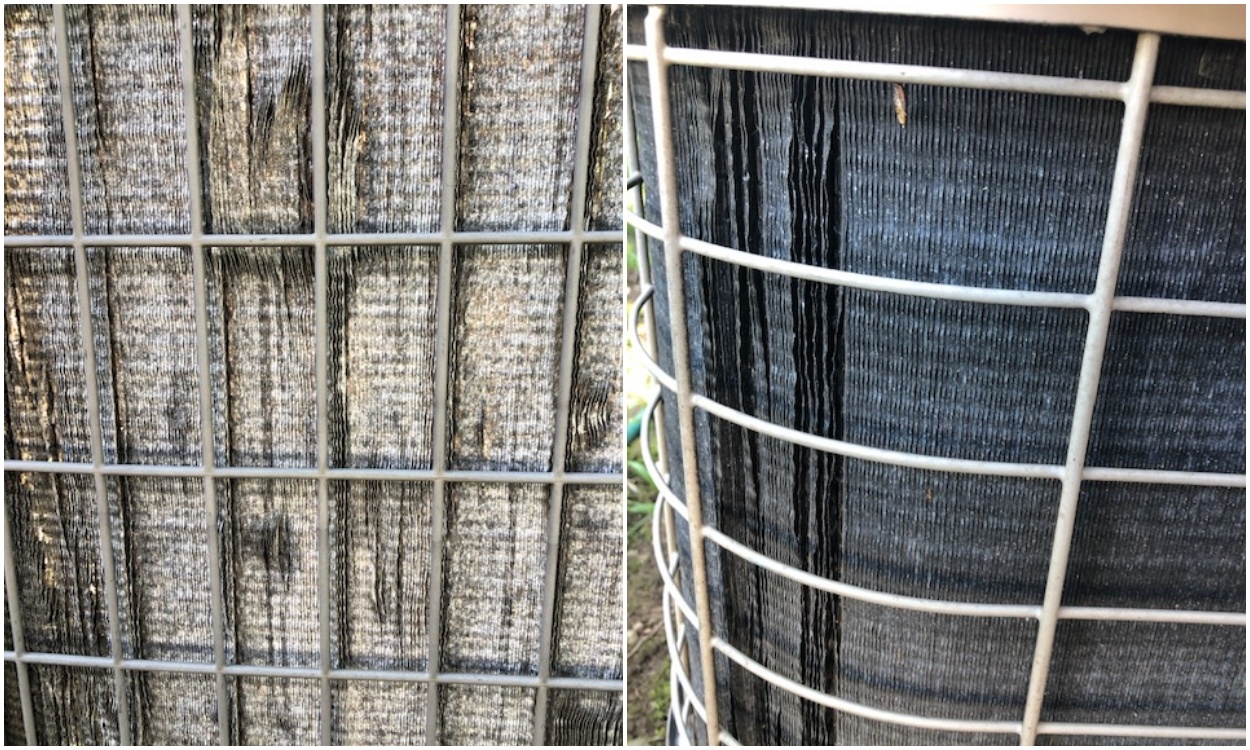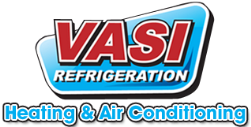
An AC condenser is the part within an air conditioning unit that’s responsible for cooling down and condensing incoming refrigerant vapor into a liquid state. Though considered a single component, it’s made up of several parts, such as a motor, fans, tubes, condenser coil, circuit board, and a compressor. If your AC condenser is about to experience failure, you may notice one of the following warning signs:
- Loud and abnormal noises coming from the unit
- Significantly reduced cooling capability from the unit
- The unit is leaking a noticeable amount of fluid past the typical amount of condensation
Knowing When to Replace or Repair Your AC Condenser?
If you’re caught in the middle of a sweltering hot Massachusetts summer, and your AC condenser is about to fail, is it better to repair your AC condenser or replace it?
When to Repair Your AC Condenser:
- Dirty condenser – If your condenser is covered with dirt or plants, give it a thorough cleaning, removing anything that’s blocking or interfering with the unit.
- Bad condenser relay switch – Typically, an easy fix is swapping out this broken part of the unit with a new one.
- Bad run capacitor – Another easy repair may be swapping out this faulty component.
- Faulty Motor – If the motor is faulty, it will need to be replaced but check your manual for the correct replacement product; otherwise, you risk your air conditioning unit experiencing more damage.
- Dirty Coil – Cleaning debris or dirt from the coil is another simple fix that can improve your unit’s capability.
When to Replace Your AC Condenser:
- Damaged coil – Repairing a damaged coil can take a significant amount of time and labor, which makes it quite expensive, unless your coil is still under warranty. If not, it’s usually recommended that you replace the entire air conditioning unit.
- Blockage – Any blockage within your air conditioner means there’s a major problem and that your condenser needs to be replaced. Though depending on the damaged caused by this blockage, you may have to replace more than the condenser itself.
- Leaks – Since it’s not possible to replace condenser seals or tubes, you’ll need to replace the entire condenser, should it be leaking excessively.
NOTE: If your unit happens to still use HCFC-22 (also known as R-22 or Freon) it’s recommended that you replace your air conditioning unit as a whole, due to the eventual ban of ozone depleting substances by the Environmental Protection Agency (EPA). To identify if your unit uses HCFC-22, take a quick look at the print on the manufacture’s data plate on your air conditioner. Also keep in mind that your unit would need to have been manufactured prior to 2010.
